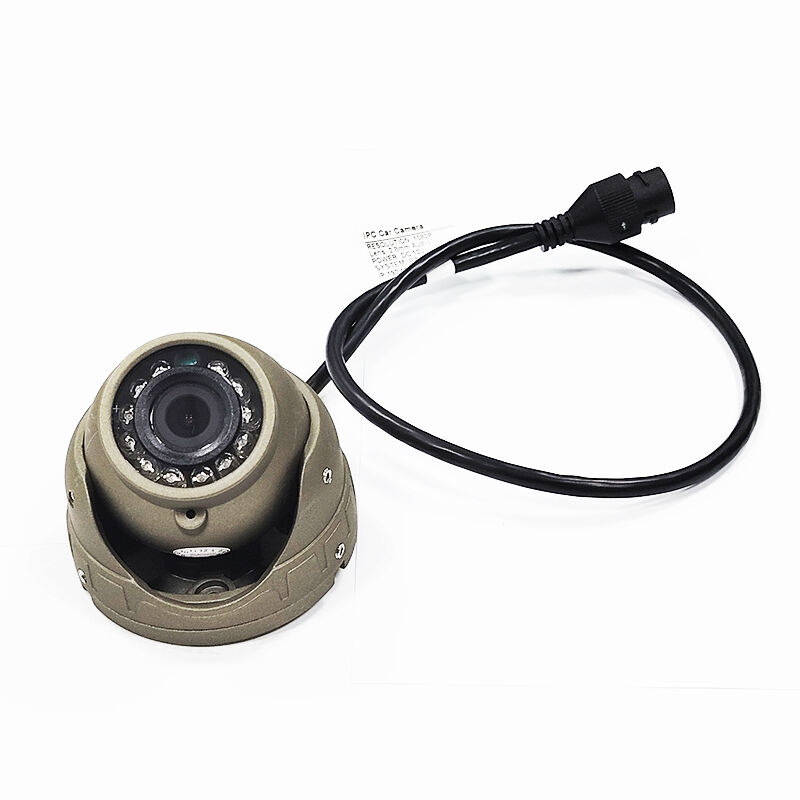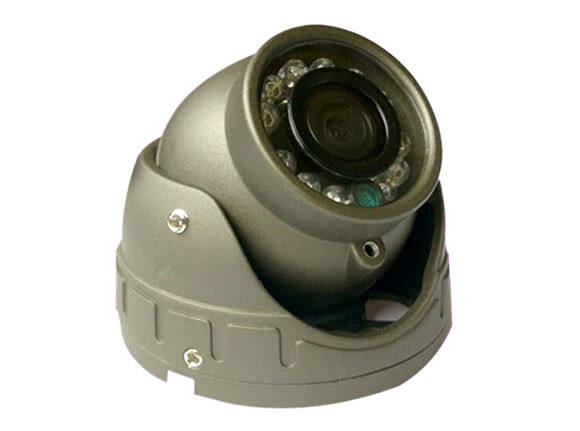Transforming Public Transportation Through Advanced Passenger Counting Technology
The modern public transportation landscape is undergoing a revolutionary transformation with the integration of sophisticated passenger counter for bus systems. These intelligent counting solutions are becoming indispensable tools for transit operators seeking to optimize their operations, enhance revenue streams, and deliver superior service to their riders. As cities grow and mobility demands evolve, the need for accurate passenger data has never been more critical.
Transit authorities worldwide are discovering that implementing a passenger counter for bus fleets does more than just track ridership numbers. These advanced systems provide invaluable insights into travel patterns, peak usage times, and capacity utilization - all of which contribute to more efficient route planning and resource allocation. The resulting improvements in service quality and operational efficiency directly translate into enhanced revenue potential and customer satisfaction.
The Technology Behind Modern Bus Passenger Counting Systems
Advanced Sensor Technologies
Modern passenger counter for bus systems employ cutting-edge sensor technologies that far surpass traditional manual counting methods. These sensors utilize a combination of infrared beams, 3D imaging, and artificial intelligence to accurately track passenger movements. The technology can distinguish between entering and exiting passengers, even in crowded conditions, and operates effectively in various lighting conditions.
The latest generation of counting sensors achieves remarkable accuracy rates exceeding 98%, providing transit operators with highly reliable data for decision-making. This level of precision ensures that revenue calculations based on ridership are more accurate than ever before, helping operators optimize their fare structures and service frequencies.
Real-Time Data Processing
The integration of real-time data processing capabilities transforms raw passenger counts into actionable intelligence. Modern systems can instantly analyze passenger flow patterns, identify bottlenecks, and alert operators to capacity issues. This immediate feedback enables dynamic adjustments to service delivery, ensuring optimal resource utilization and improved passenger experience.
Cloud connectivity allows transit authorities to access comprehensive analytics dashboards, where they can visualize trends, generate reports, and make data-driven decisions. This technological advancement represents a significant leap forward from traditional delayed reporting methods.

Revenue Enhancement Opportunities
Optimized Route Planning
By leveraging accurate passenger counting data, transit operators can fine-tune their routes and schedules to match actual demand patterns. A passenger counter for bus systems provides detailed insights into which routes are performing well and which need adjustment. This optimization leads to better resource allocation, reduced operating costs, and increased revenue through improved service efficiency.
Operators can identify peak travel times with precision, allowing them to adjust service frequency accordingly. This data-driven approach ensures that buses are available when and where they are needed most, maximizing fare collection opportunities while minimizing waste from underutilized services.
Strategic Pricing Models
Advanced passenger counting systems enable the implementation of sophisticated pricing strategies based on actual usage patterns. Transit authorities can develop time-based pricing models that reflect peak and off-peak demand, encouraging more balanced ridership throughout the day. This approach not only optimizes revenue generation but also helps manage capacity more effectively.
The detailed ridership data allows operators to create targeted promotional campaigns and discount programs, attracting more passengers during traditionally slower periods. These strategic pricing initiatives can lead to increased overall revenue while improving service accessibility for different customer segments.
Operational Benefits and Efficiency Gains
Maintenance Planning
Accurate passenger count data helps optimize vehicle maintenance schedules by providing insight into actual usage patterns. Understanding the true passenger load on each vehicle enables maintenance teams to schedule preventive maintenance more effectively, reducing unexpected breakdowns and extending vehicle lifespan.
This proactive approach to maintenance not only reduces repair costs but also minimizes service disruptions, leading to improved customer satisfaction and sustained revenue generation. Transit operators can better plan fleet renewals and upgrades based on concrete utilization data.
Staff Allocation
With precise passenger counting information, transit operators can optimize staff deployment across their network. Understanding peak passenger flows helps ensure appropriate staffing levels at key locations and times, improving both operational efficiency and customer service quality.
The system's data also supports better training and performance monitoring of staff, as actual passenger numbers can be correlated with service delivery metrics. This leads to more effective resource utilization and reduced operational costs.
Future Trends and Technological Advancements
Integration with Smart City Systems
The future of passenger counting technology lies in its integration with broader smart city initiatives. Modern passenger counter for bus systems are increasingly being connected to urban traffic management systems, mobile payment platforms, and real-time passenger information systems. This integration creates a more seamless and efficient public transportation network.
As cities continue to evolve their digital infrastructure, the role of intelligent passenger counting systems will become even more crucial in shaping urban mobility solutions. The data generated by these systems will contribute to better urban planning and improved public transportation services.
Artificial Intelligence and Predictive Analytics
The next generation of passenger counting systems will leverage advanced AI algorithms to provide predictive insights into ridership patterns. These systems will be able to forecast demand with increasing accuracy, allowing transit operators to proactively adjust their services to meet future needs.
Machine learning capabilities will enable more sophisticated analysis of passenger behavior, helping operators identify trends and patterns that might otherwise go unnoticed. This predictive capability will be crucial for long-term planning and revenue optimization.
Frequently Asked Questions
How accurate are modern bus passenger counting systems?
Modern passenger counter for bus systems typically achieve accuracy rates of 95-99%, depending on the technology used and environmental conditions. Advanced systems using multiple sensors and AI-based algorithms provide the highest accuracy levels, ensuring reliable data for operational decision-making.
What is the return on investment for implementing a passenger counting system?
Transit operators typically see ROI within 12-24 months through improved route optimization, reduced operational costs, and increased revenue from better service planning. The exact timeframe depends on factors such as fleet size, route complexity, and current operational efficiency.
How does passenger counting technology handle peak crowding situations?
Advanced passenger counting systems use sophisticated algorithms and multiple sensor types to maintain accuracy even during peak crowding. 3D imaging and AI-based detection methods can distinguish individual passengers even in dense crowds, ensuring reliable counts during busy periods.


